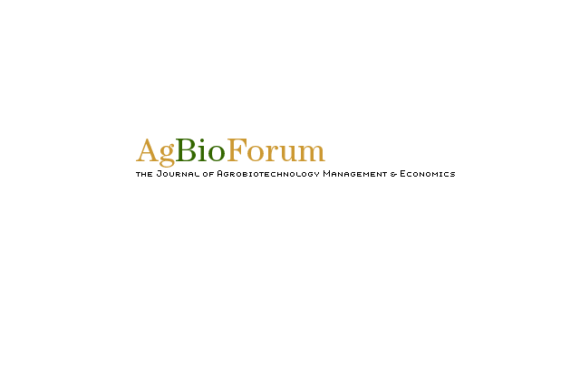David Castle and Kira KumagaiUniversity of OttawaCeline Berard and Martin CloutierUniversity of Québec at MontréalRichard GoldMcGill University Plant-derived vaccines may soon displace conventional vaccines. Assuming there are no major technological barriers undermining the feasibility of this innovative technology, it is worthwhile to…



